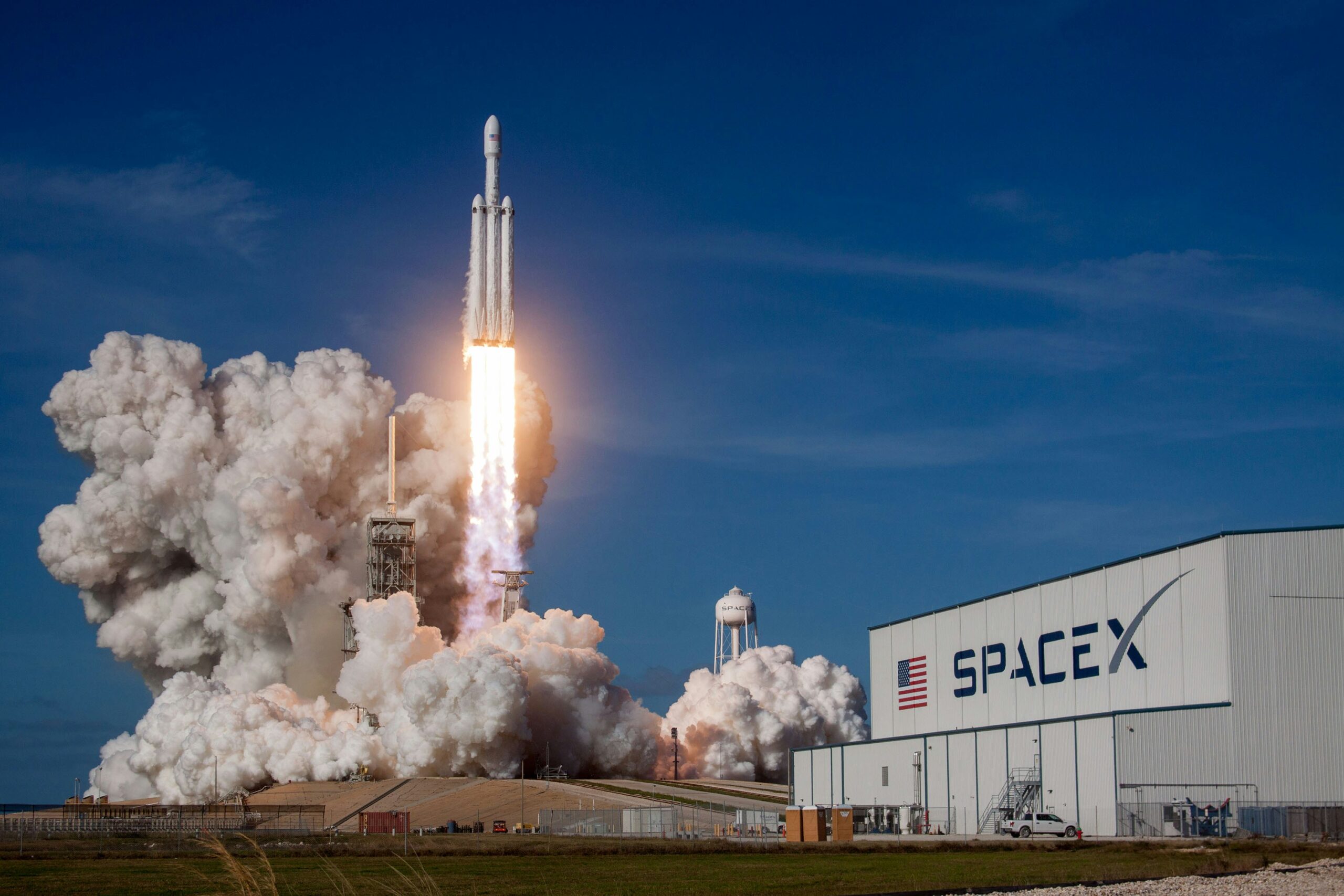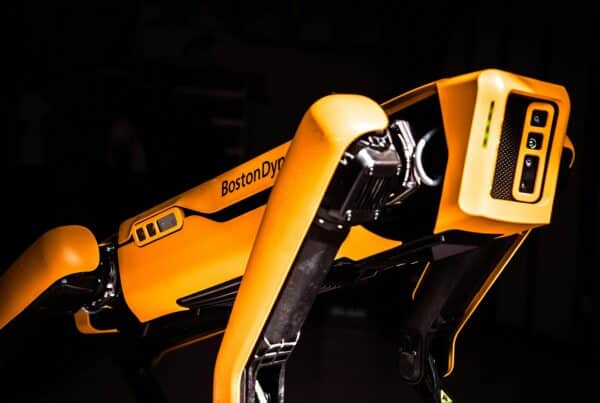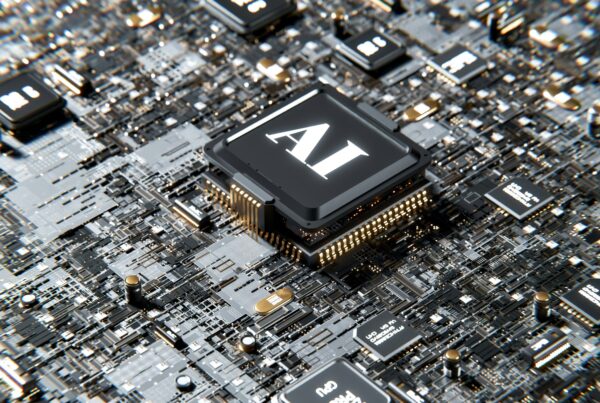How SpaceX Revolutionized the Aerospace Supply Chain
The aerospace and defense industries have long been pillars of technological innovation, demanding a complex, high-stakes supply chain built on disjointed subcontracts filled with mom-and-pop shops. From military contracts to the development of commercial airliners and space exploration vehicles, these industries are integral to global security, connectivity, and scientific progress. However, the rapid rise of new aerospace companies following the mantras of SpaceX, has introduced unique challenges that are reshaping how these industries operate. As the sector continues to evolve, so too must its supply chains.
Industry Evolution
Traditionally, the aerospace and defense supply chain has been defined by intricate, time-consuming processes. With multiple suppliers providing specialized parts for aircraft, missiles, and satellites, delays and disruptions in any part of the chain can cascade through the entire production process. This was especially true for the defense industry, where production schedules were often lengthy and highly regulated, making it difficult to adapt to changes quickly. Trying to find alternative suppliers with AS certification at a moment’s notice isn’t an option, creating backlogs across the industry.
However, as startups and scaleups enter the fray – alongside the incoming commercialization and deployment of the eVTOL industry, the pressure on the aerospace and defense supply chain has intensified. These companies are competing with traditional giants such as Boeing, Lockheed Martin, and Airbus, but they bring a different mindset — one that emphasizes speed, innovation, and cost-efficiency. To achieve these goals, new aerospace companies are overcoming legacy supply chain challenges using cutting-edge manufacturing technologies, such as additive manufacturing, automation, and integrated design-to-production workflows.
SpaceX: Solving Aerospace Supply Chain Challenges with Advanced Manufacturing
SpaceX has been at the forefront of reshaping the aerospace landscape by implementing innovative manufacturing techniques that solve many of the traditional supply chain challenges. By leveraging cutting-edge technologies, SpaceX has managed to reduce production times, lower costs, and increase reliability. Here’s how they are doing it:
-
Vertical Integration
One of SpaceX’s most significant strategies for overcoming supply chain challenges is its emphasis on vertical integration. Unlike many traditional aerospace companies, which rely on a vast network of suppliers, SpaceX manufactures a majority of its components in-house – either via developing their own proprietary processes or acquiring a supplier (a very traditional vertical integration method of the automotive sector). This approach allows them to retain control over quality, reduce lead times, and minimize dependency on external suppliers.
For instance, SpaceX builds its own engines, including the Raptor engines for the Starship system, rather than outsourcing. Vertical integration also enables faster iteration and design improvements due to simpler synergies between R&D, prototyping and production.
-
Additive Manufacturing (3D Printing)
Additive manufacturing has revolutionized aerospace production by enabling the creation of lightweight, complex parts with high precision. SpaceX has embraced 3D printing in the construction of rocket components, including parts for the Falcon 9 booster and the Dragon capsule. These 3D-printed components offer significant cost and time savings, as they can be produced faster and with less material waste compared to traditional manufacturing methods.
Moreover, 3D printing allows for greater flexibility in design, enabling engineers to create parts that were previously too complex or costly to manufacture. This technology has reduced the time it takes to develop critical components, allowing SpaceX to rapidly iterate on designs and push the boundaries of aerospace innovation.
-
Automation and Robotics
Automation plays a crucial role in SpaceX’s production capabilities. The company has invested heavily in robotic systems and automated production lines to streamline the assembly of systems and subassemblies. These systems increase the speed of manufacturing while ensuring precision and reducing human error.
For example, SpaceX uses advanced robotic arms and automated systems to weld rocket tanks and assemble other components. This approach not only accelerates production but also improves the overall quality and consistency of the final product. By automating repetitive tasks, SpaceX has freed up its engineers to focus on more complex and innovative challenges.
-
Agile Manufacturing Processes
SpaceX has also adopted agile manufacturing techniques, which focus on iterative design and rapid prototyping. By using digital twins and advanced simulation software, the company can test and refine components before physical production begins. This allows for faster design iterations and reduces the time spent on prototyping.
Moreover, SpaceX’s iterative approach to development — seen in the rapid testing of Falcon rockets and Starship prototypes — is a key differentiator from the traditional aerospace development model. Instead of lengthy development cycles, SpaceX tests, fails, learns, and improves quickly, reducing the time it takes to bring new technologies to market.
-
Streamlined Supply Chain Management
SpaceX has also redefined how aerospace companies manage their supply chains. By simplifying the procurement process and emphasizing long-term partnerships with suppliers, SpaceX is able to mitigate the risks associated with relying on multiple, disconnected suppliers. The company’s close-knit relationships with key suppliers help ensure reliability and consistency in the production process. This again echoes practises of the automotive industry – an industry known for its ability create repeatable, high quality complex products.
Conclusion
The aerospace and defense supply chain has always been a challenging landscape, characterized by complexity, long lead times, rising costs, and the need for continuous innovation. However, with the rise of new companies like SpaceX, these challenges are being met head-on through the use of advanced manufacturing technologies. From vertical integration and additive manufacturing to automation and agile design processes, SpaceX is pioneering new ways to streamline production, reduce costs, and accelerate innovation.
As more companies adopt similar strategies, the entire aerospace and defense supply chain is likely to undergo a transformation. The result could be faster, more cost-effective production processes and a more resilient and flexible industry that can better meet the demands of the future, whether for space exploration, defense, or commercial aviation. The success of SpaceX and similar companies proves that with the right combination of technology, innovation, and strategic thinking, even the most complex supply chains can be reimagined and optimized for the 21st century.
Are you struggling to scale production or create a fast moving and resilient aerospace supply chain? Whether it’s a consultant for a transformation project or an in-house expert engineer, our network across the US and Europe in manufacturing and supply chain can help.
Contact jonthan@akkar.com to discuss how we can find you critical manufacturing and supply chain talent in mobility.








